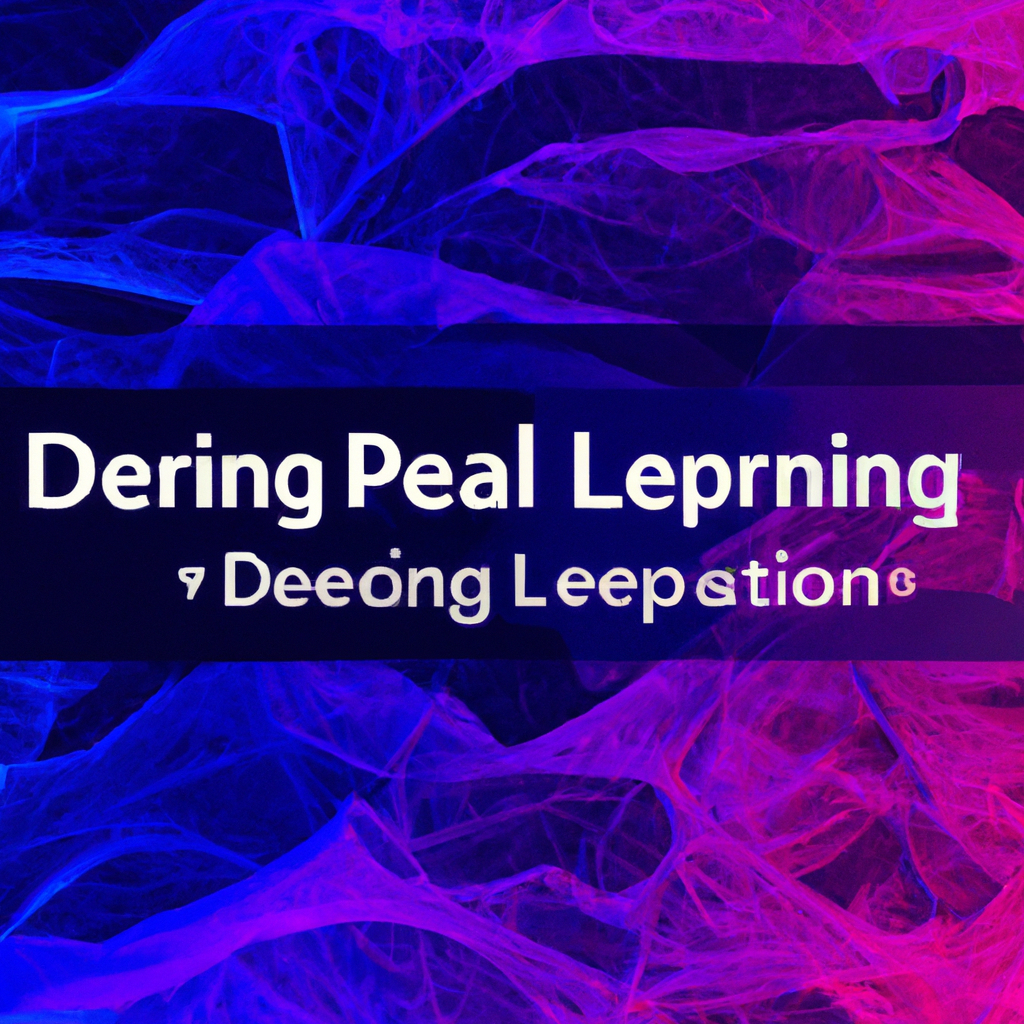The Role of Deep Learning in Natural Language Processing
Table of Contents
The Role of Deep Learning in Natural Language Processing
# Introduction
Natural Language Processing (NLP) is a subfield of artificial intelligence that focuses on the interaction between computers and human language. Over the years, NLP has witnessed significant advancements, thanks to the advent of deep learning. Deep learning, a branch of machine learning, has revolutionized various domains by enabling computers to learn and understand complex patterns in data. In this article, we explore the role of deep learning in NLP and delve into its impact on both new trends and classic algorithms in computation.
# Understanding Deep Learning
Deep learning is a subset of machine learning that emphasizes the use of artificial neural networks, inspired by the human brain’s structure and functions. These neural networks consist of interconnected layers of nodes, known as neurons, which process and transmit information. The depth of these networks refers to the number of hidden layers between the input and output layers. Deep learning algorithms learn by iteratively adjusting the weights and biases of the neurons to minimize the error between predicted and actual outputs.
# Deep Learning and Natural Language Processing
Deep learning has significantly impacted NLP, enabling computers to comprehend, generate, and interact with human language more effectively. Let’s explore some key areas where deep learning has played a crucial role in NLP.
- Sentiment Analysis
Sentiment analysis, also known as opinion mining, involves determining the sentiment expressed in a piece of text. Deep learning models, such as recurrent neural networks (RNNs) and long short-term memory (LSTM) networks, have proven to be highly effective in sentiment analysis tasks. These models can capture the contextual dependencies in sequential data, allowing them to understand the sentiment expressed in sentences or documents accurately. By employing deep learning techniques, sentiment analysis has become more accurate and reliable, enabling businesses to gain valuable insights from customer feedback, social media posts, and reviews.
- Language Translation
Deep learning has revolutionized language translation by enabling the development of neural machine translation (NMT) models. Traditional statistical machine translation models relied on rule-based approaches and predefined dictionaries, limiting their accuracy and adaptability. NMT models, based on deep learning architectures such as sequence-to-sequence models, can learn to translate between languages without relying on predefined rules. These models learn the statistical patterns in large amounts of bilingual data, resulting in more accurate and contextually appropriate translations. The introduction of deep learning in language translation has paved the way for significant advancements in multilingual communication and cross-cultural understanding.
- Named Entity Recognition
Named Entity Recognition (NER) is a fundamental task in NLP that involves identifying and classifying named entities, such as names of people, organizations, locations, and dates, in a given text. Deep learning models, particularly variants of recurrent neural networks, have achieved remarkable performance in NER tasks. These models can capture the contextual information necessary for accurately identifying and classifying named entities, even in complex and ambiguous contexts. Deep learning has greatly improved NER systems, enabling more accurate information extraction and facilitating applications such as information retrieval and question answering systems.
- Text Generation
Text generation is an area of NLP that involves generating coherent and contextually appropriate text. Deep learning models, such as generative adversarial networks (GANs) and transformers, have pushed the boundaries of text generation. GANs can generate realistic and diverse text by training a generator network to generate samples that are then evaluated by a discriminator network. Transformers, on the other hand, have revolutionized language generation by capturing the long-range dependencies in text using self-attention mechanisms. These deep learning models have led to advancements in applications like chatbots, automated content generation, and creative writing assistance.
# Impact on Classic Algorithms and Computation
The advent of deep learning has not only impacted new trends in NLP but also influenced classic algorithms and computation. Deep learning techniques have largely replaced traditional approaches in several NLP tasks, leading to improved accuracy and performance. For instance, the introduction of deep neural networks in speech recognition tasks has outperformed traditional hidden Markov models (HMMs) and Gaussian mixture models (GMMs). Similarly, deep learning models have surpassed traditional n-gram language models in tasks such as language modeling and text classification.
Deep learning’s impact on computation is evident in its computationally intensive nature. Training deep learning models often requires significant computational resources, especially for large-scale applications. As a result, researchers and practitioners have turned to high-performance computing systems, distributed computing, and parallel processing to accelerate deep learning training and inference. Modern computing frameworks, such as TensorFlow and PyTorch, have become essential tools for implementing deep learning models and harnessing the power of parallel processing.
# Conclusion
Deep learning has revolutionized the field of natural language processing, enabling computers to understand and interact with human language more effectively. By leveraging the power of artificial neural networks, deep learning has improved several NLP tasks, including sentiment analysis, language translation, named entity recognition, and text generation. Furthermore, deep learning has influenced classic algorithms and computation, replacing traditional approaches and driving the need for advanced computing infrastructure. As deep learning continues to evolve, the role of deep learning in NLP is expected to grow, leading to further advancements in language understanding and human-computer interaction.
# Conclusion
That its folks! Thank you for following up until here, and if you have any question or just want to chat, send me a message on GitHub of this project or an email. Am I doing it right?
https://github.com/lbenicio.github.io

